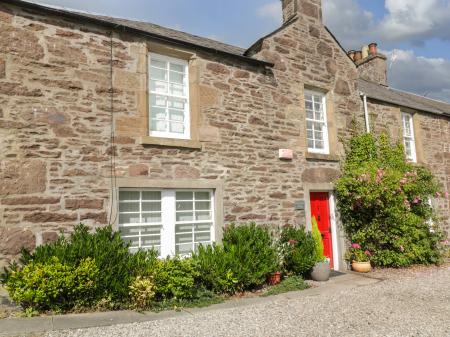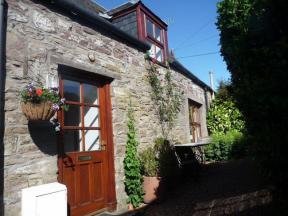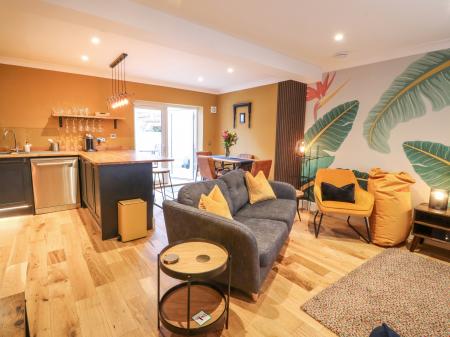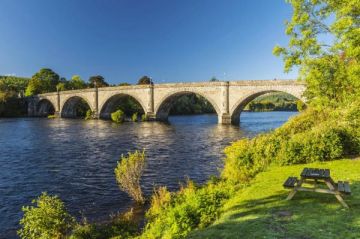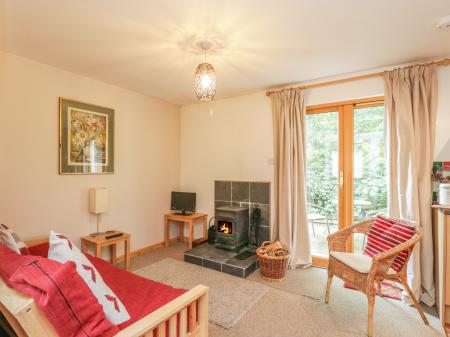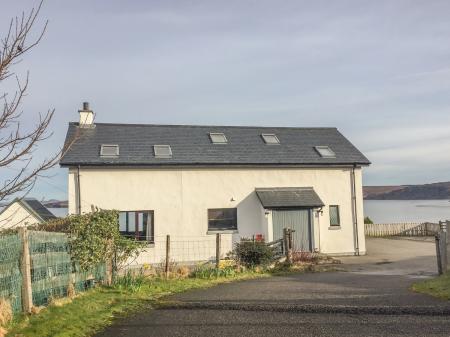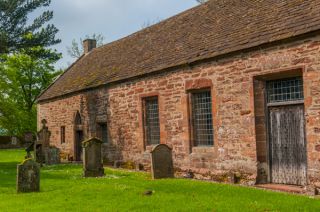
John, 1st Lord Drummond, provided funds for 4 chaplains to say prayers for the souls of himself, his wife Elizabeth, and their daughter Margaret. He also extended the remit of the chaplains to include prayers for the souls of the king and queen. It was an interesting choice, for his daughter Margaret had been the king's mistress for a time.
Around 1540 the chantry was raised to the full status of a collegiate church, with a college of priests under a provost. The college was short-lived due to the Protestant Reformation. After 1560 the chapel ceased to be used for Catholic worship, but it continued to be used as the family mausoleum. The last provost was appointed in 1592 - with a bit of nepotism involved, for he was a Drummond family member.
The exterior of the chapel is simple, even plain. It is essentially a low rectangle, with a bell turret at one end revealing its use as a place of worship. There are 2 doors in the south wall, one for the clergy and one for lay folk. The main entrance door adds the only bit of exterior decoration, with an arched Gothic opening reduced in size with a later horizontal lintel carved with the Drummond coat of arms.
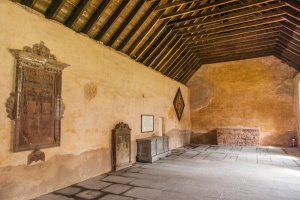
The most impressive features at Innerpeffray are in a vestibule added to the west end of the nave. The ceiling of the vestibule is painted with a celestial vision of the heavens. Though some of the scene is gone, you can make out a sun, clouds, stars, and figures of angels.
When the chapel became a mausoleum the Drummond's added a small room above the vestibule was fitted with a fireplace. From about 1680 this was used to house a lending library. In 1762 the Archbishop of York, Robert Hay Drummond, created the lovely Palladian building that now stands beside the chapel. The library was moved into the new building, and well worth a visit in its own right.
On the south side of the vestibule is an ornate memorial to the Faichney family. This originally stood in the churchyard, but it was brought inside in 1997 to protect the extravagant carving from weathering.
Visiting
There is such a wonderful sense of peace and quiet at Innerpeffray; the location beside the River Earn is idyllic, and the chapel does not disappoint. The exterior may be plain but the interior is wonderful. The vestibule ceiling painting is still vivid, and the Faichney monument is superb. Do please take the time to visit the library; it is remarkable.
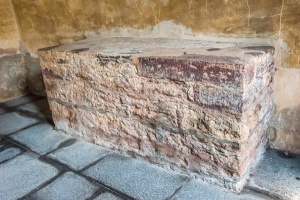
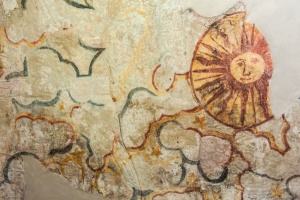
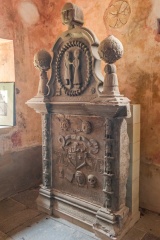






 We've 'tagged' this attraction information to help you find related historic attractions and learn more about major time periods mentioned.
We've 'tagged' this attraction information to help you find related historic attractions and learn more about major time periods mentioned.